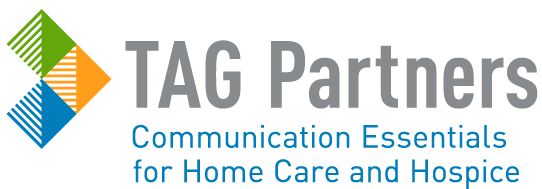As we all know there are many easy ways to relieve pain. We too often reach for a pill instead of working out the pain. Our bodies are quite resilient and can bounce back from many injuries if we keep them moving.
Physical therapy is a means of moving your body toward recovery after a surgery or an accident. It can help reduce pain from natural joint deterioration, or from an autoimmune condition such as rheumatoid arthritis, lupus, or multiple sclerosis. Home health care puts a trained and licensed physical therapist right in your living room.
Consistent participation in a therapy program is essential for achieving recovery goals. Home health removes the roadblocks that prevent folks with transportation issues, or personal mobility limitations from maintaining a healthy physical therapy regimen.
A standard physical therapy plan might include:
Guided exercises
Instruction on proper use of stabilizing equipment
Proper transfer techniques
Massage, ultrasound, or heat/cold treatments
Proper techniques for stair climbing and traversing obstacles
October is the month to recognize the important work that Physical Therapists do and an opportunity to market your agency’s role in post-surgical patient recovery. Visit our TAG Web Store to stock up on your customized health care flyers promoting the physical therapy services your company provides.
Promote your Physical Therapy program:
Conduct a workshop for seniors to demonstrate how physical therapy programs can reduce arthritic pain, improve mobility, and promote independent living.
Host a lunch and learn for a local community organization (Kiwanis, Lions, Rotary) to educate people about the importance of moderate exercise as we age. Be sure to provide brochures about your agency and all of the health care services you can provide.
Highlight your physical therapy program at local youth sporting facilities or events, which grandparents frequently attend. Have your therapists Instruct young athletes on proper warm- up and stretching techniques to avoid injury. Handout marketing materials that tout the benefits of home health care, explain Medicare eligibility, and highlight your agency’s services.



